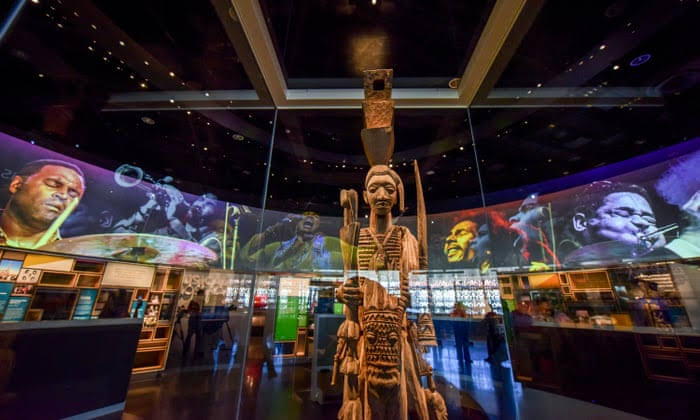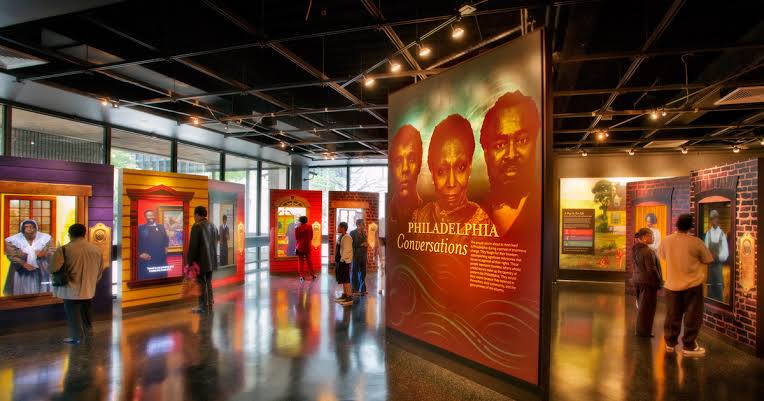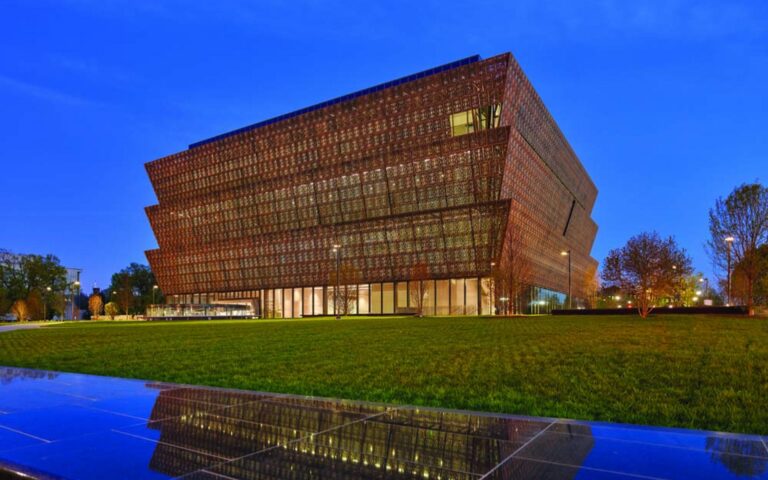In the pursuit of preserving heritage, museums and institutions dedicated to African American history serve as bastions of culture and knowledge. They are the guardians of a legacy, the storytellers of a past that continues to shape the future. This article shines a light on these vital institutions, their roles in education, and their contributions to the cultural tapestry of the United States and beyond.

The Role of Museums in African American History
Museums are not merely repositories of artifacts; they are vibrant, interactive spaces where history is alive, compelling, and instructive. African American history museums are community hubs, fostering dialogue, understanding, and reconciliation. They preserve and interpret the past, offering nuanced narratives that challenge the single story, ensuring that the African American experience is woven into the national identity.
Spotlight on Prominent Institutions
- The National Museum of African American History and Culture (NMAAHC)
As part of the Smithsonian Institution, the NMAAHC stands as a monolithic presence on the National Mall in Washington, D.C. It encapsulates the African American story from slavery and the civil rights movement to modern-day achievements in arts and sciences. - The Schomburg Center for Research in Black Culture
Located in Harlem, New York, the Schomburg Center is a research library and an iconic cultural institution that celebrates the scholarly study of African American history and the African diaspora. - The National Civil Rights Museum
Situated at the Lorraine Motel in Memphis, Tennessee, where Dr. Martin Luther King Jr. was assassinated, this museum offers a stark and poignant walk through the civil rights movement. - The African American Museum in Philadelphia
The first institution built by a major United States city to house and interpret the life and work of African Americans, this museum showcases the richness and vibrancy of African American heritage.
Digital Archives and Online Exhibits
In the digital age, African American history is more accessible than ever. Digital archives and virtual exhibits break geographical barriers, bringing history to the personal screens of individuals worldwide. The “Digital Schomburg” of the New York Public Library offers online access to thousands of items, making it a goldmine for researchers and the general public alike.
Education and Community Outreach
Education is a cornerstone of these institutions. From K-12 curriculum support to lectures and public programs, they provide a wide array of educational resources. Community outreach initiatives also serve to engage local communities, creating spaces for dialogue and learning.

Special Exhibitions and Events
Special exhibitions, such as the traveling exhibits from the NMAAHC, allow for a deeper dive into specific aspects of African American history, such as military service, musical contributions, or literary works. Additionally, annual events like African American History Month see museums and institutions organizing special programs to highlight their collections and research.
Preservation Efforts and Challenges
The challenge of preservation is multifaceted, dealing with the physical deterioration of artifacts and the dwindling memories of historical events. Institutions like the Association for the Study of African American Life and History (ASALH) play a critical role in both preservation and the promotion of African American history.
Interactive and Immersive Experiences
Museums are increasingly turning to interactive exhibits to engage visitors. Augmented reality (AR) experiences that allow visitors to “step into” historical events or interactive timelines that show the evolution of African American music are examples of how institutions are evolving.
The Importance of Funding and Support
These treasured institutions often rely on public and private funding to continue their missions. Supporting these museums and institutions is not just a philanthropic act but an investment in the collective memory and understanding of a nation’s history.
The Impact of African American Museums and Institutions Globally
The influence of African American culture and history reaches far beyond the United States. Museums and institutions dedicated to this history provide context and understanding for global discussions on race, human rights, and cultural impact.

Museums and institutions of African American history are the bedrock of cultural preservation and education. They remind us that history, with its triumphs and tribulations, is a shared human experience. As society moves forward, it is the collective responsibility of communities, educators, policymakers, and individuals to support and engage with these institutions. It is through understanding our past that we shape a more informed and inclusive future.
Engagement and Continuous Learning
As custodians of the past, these museums invite each person to become an active participant in history. They challenge us to learn continuously, to engage critically, and to reflect on the narratives that have shaped the African American experience.
The Future of African American Museums and Institutions
The journey of African American museums and institutions is ongoing. As new stories emerge and more voices are heard, these institutions must adapt and evolve. They will continue to serve as a compass pointing toward an understanding of

